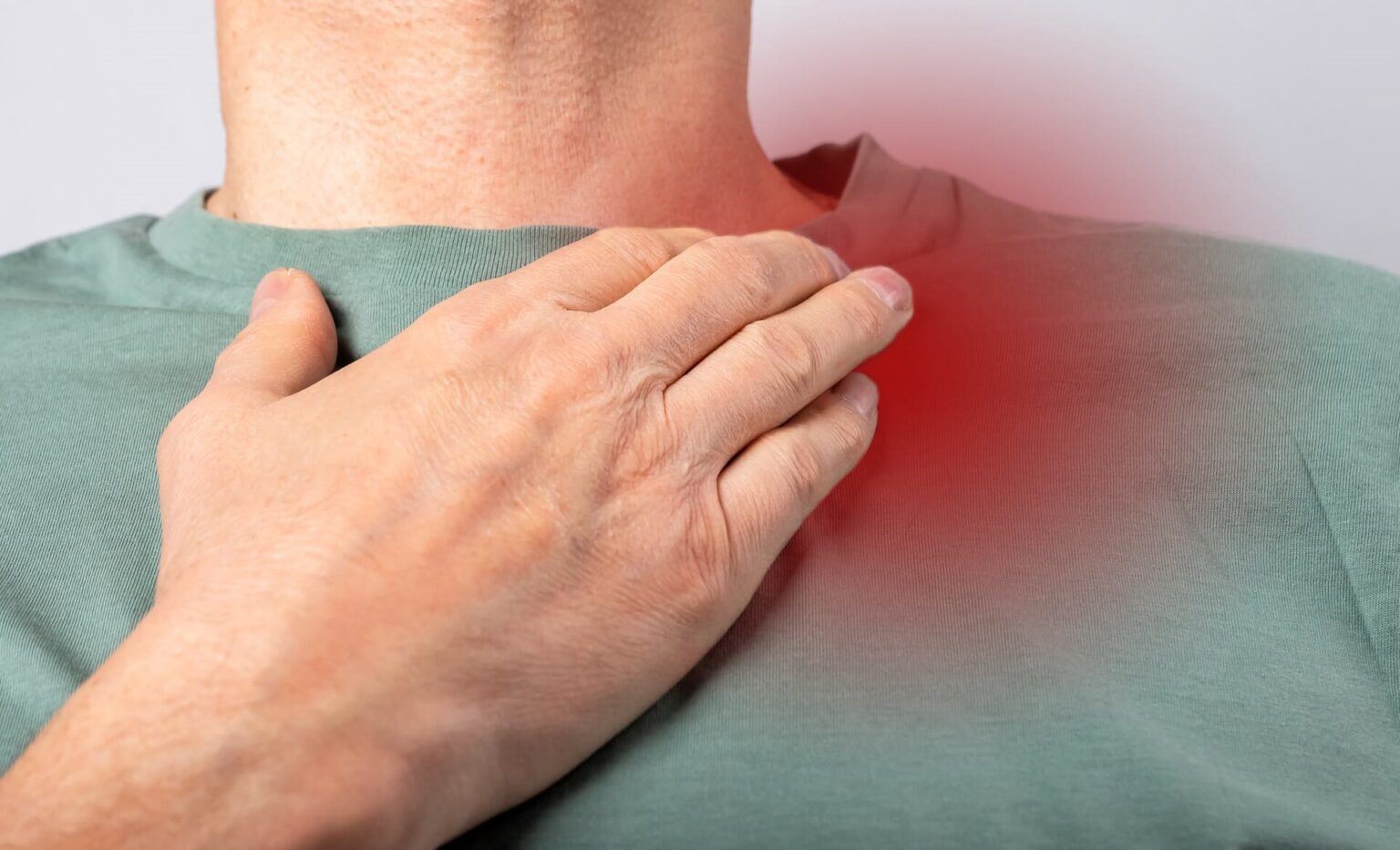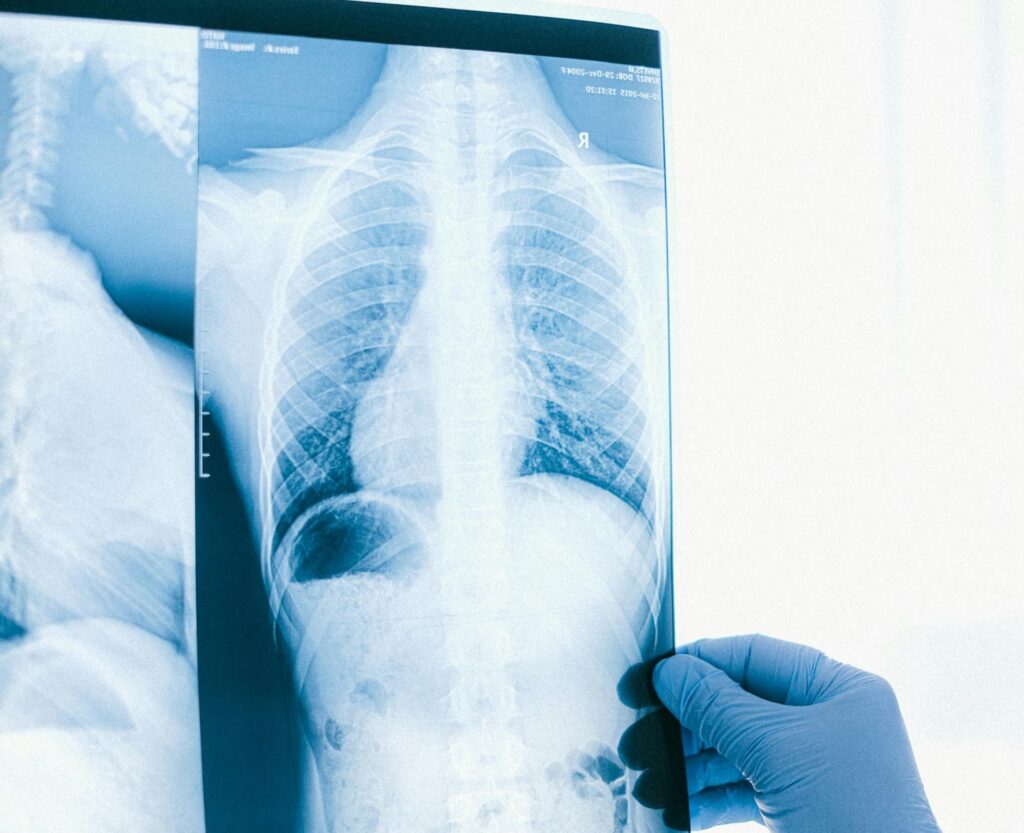Schedule An Appointment With Us
Are Your Symptoms Affecting Your Quality Of Life?
Consult our MOH-accredited orthopaedic specialist for an accurate diagnosis & personalised treatment plan today.

MBBS (S’PORE)
MRCS (Ireland)
MMed (Ortho)
FRCSEd (Ortho)

Clavicle fractures, commonly known as collarbone fractures, are frequent injuries resulting from a direct impact on the shoulder area or a fall on an outstretched arm. The clavicle serves as a vital support structure for the shoulder, making it susceptible to fractures. These injuries can vary significantly in severity from minor cracks to complex fractures.
Given its location, a fractured clavicle often affects the ability to move the arm and shoulder, leading to a noticeable impact on daily activities and, in some cases, requiring surgical intervention to ensure proper healing and function restoration.
Causes and risk factors of clavicle fractures may be attributed to multiple factors such as:
A direct blow to the shoulder, often from sports injuries, falling on an outstretched arm, or vehicle accidents, is a common cause of clavicle fractures.
Reduced bone density can make the clavicle more susceptible to fractures even with minor trauma.
Some individuals may have a predisposition to bone fractures, including the clavicle, due to inherited bone conditions.
Common symptoms of clavicle fractures include the following:
Schedule An Appointment With Us
Consult our MOH-accredited orthopaedic specialist for an accurate diagnosis & personalised treatment plan today.
Diagnosing clavicle fractures involves a comprehensive approach and usually includes:


Non-surgical treatment methods for clavicle fractures focus on supporting the bone’s natural healing process through the following:
Using a sling or figure-of-eight brace to immobilize the arm and shoulder, helps to reduce movement and aid in the healing process.
Over-the-counter pain medications, such as acetaminophen or NSAIDs (non-steroidal anti-inflammatory drugs), can be used to manage pain and reduce inflammation.
Applying ice packs to the injured area for the first few days post-injury can help minimize swelling and discomfort.
After the initial healing phase, physical therapy may be recommended to restore movement, strength, and functionality to the shoulder and arm.
Avoid activities that could exacerbate the injury or delay healing until the fracture has sufficiently healed.
Surgery is considered for complex fractures with significant displacement, multiple fragments, or if the fracture has failed to heal with non-surgical treatment.

MBBS (S’pore)
MRCS (Ireland)
MMed (Ortho)
FRCSEd (Ortho)
Dr Kau (许医生) is a Fellowship trained Orthopaedic Surgeon with a subspecialty interest in Hip and Knee surgery and has been in practice for more than 15 years.
He is experienced in trauma and fracture management, sports injuries, and joint replacement surgery.
Preventive measures for clavicle fractures aim to minimize the risk of injury through multiple strategies including:
For Singaporeans, Singapore Permanent Residents and Foreigners.
Please speak to our friendly clinic staff about using your insurance plans.

If you have any enquiry, please do get in touch. Leave us a message and we will get back to you shortly.
Yes, clavicle fractures typically do not require a cast. Instead, arm support like slings or braces is used to immobilize the area, allowing the bone to heal naturally.
The healing time for a clavicle fracture can vary, ranging from 4 to 8 weeks for minor fractures and up to several months for more severe or surgically repaired fractures. The exact timeline depends on the fracture’s severity, the treatment method, and the individual’s overall health.
Physical therapy is often recommended after a clavicle fracture, especially if there is significant immobilization. Therapy helps restore range of motion, strength, and function to the shoulder and arm.
While most clavicle fractures heal without significant issues, complications can occur, such as delayed union, non-union, or malunion of the bone, as well as nerve or vascular injury. Following medical advice and treatment plans is crucial to minimize these risks.